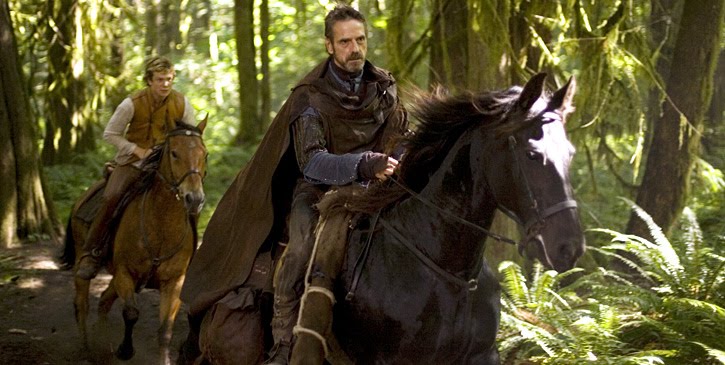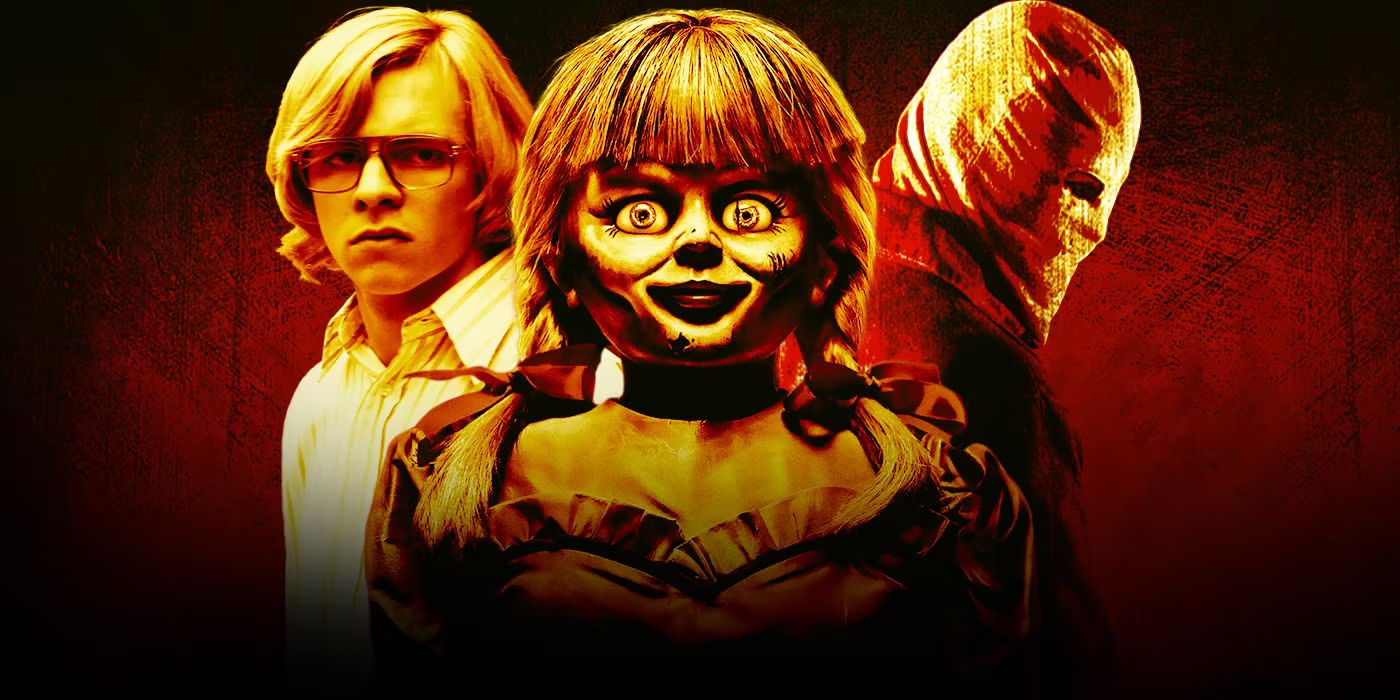
In the sprawling, often bewildering narrative of Hollywood careers, few trajectories invite as much public fascination and speculation as that of Katie Holmes. Once poised as one of her generation’s brightest stars, with significant roles in “Dawson’s Creek,” “First Daughter,” and Christopher Nolan’s acclaimed “Batman Begins” by her mid-20s, the common refrain today often questions her whereabouts in the industry’s upper echelons. It’s a sentiment frequently rooted in a perception of ‘decline,’ an all-too-common shorthand for a career that doesn’t follow a linear path to continuous blockbusters.
However, a closer, more analytical look reveals a story far more nuanced than simple conjecture. Holmes herself offered a telling insight to InStyle in 2020: “You can get consumed by what people think, but suddenly you just decide to do things on your own terms. I feel like I’m finally figuring that out. I’m getting the projects I want made and just relaxing a little. I’ve been around for a long time, and I’m still here!” This statement serves as a potent reframe, suggesting that what the public often perceives as an absence or a misstep is, in reality, a deliberate and deeply personal transformation.
This isn’t merely a tale of an actress stepping back from the limelight; it’s an intricate account of conscious choices, evolving priorities, and a strategic reinvention of her professional and personal landscape. Her journey reflects a profound understanding of self-worth beyond the transient metrics of A-list fame, illustrating a resilience and a determination to carve out a fulfilling path on her own terms. Let’s delve into the pivotal moments and decisions that shaped Katie Holmes’ unique Hollywood narrative.
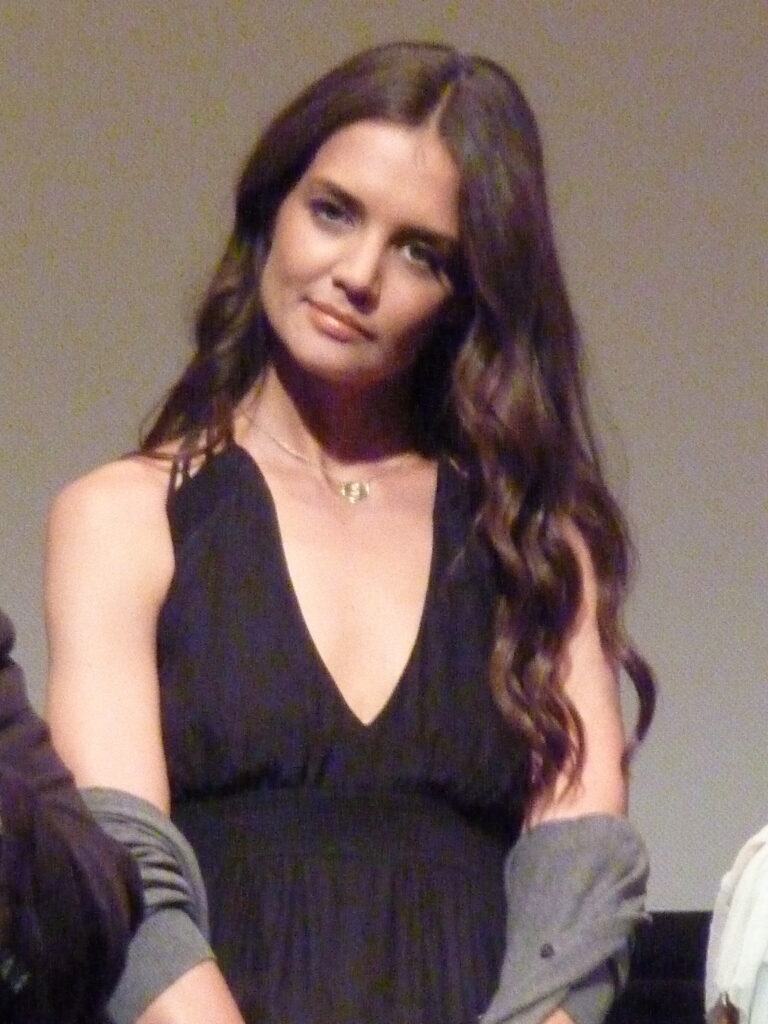
1. **The Early Promise & Unexpected Trajectory**: Long before she became a subject of tabloid fodder and industry analysis, Katie Holmes was a young actress with a rapidly ascending star. Her breakout role as Joey Potter in “Dawson’s Creek” cemented her as a beloved figure in late 90s television, quickly followed by high-profile film appearances like “First Daughter” and, crucially, Rachel Dawes in Christopher Nolan’s critically acclaimed 2005 film, “Batman Begins.” The industry and public alike had every reason to expect her to become one of the defining actors of her generation, a trajectory that seemed almost predestined.
Yet, even with this early success, Holmes herself harbored a quiet, almost understated perspective on her career. Recalling her first audition for 1997’s “The Ice Storm,” she told “The Tonight Show” that after filming, she went home, tried other auditions, “and I wasn’t really getting anything.” This led her to believe, “Oh, well that might be it. You know, that might be all there is.” This sentiment reveals an early humility and a surprising readiness to accept a different path, long before external forces truly began to reshape her public image.
Her later statement to InStyle, emphasizing her contentment and autonomy in her career, echoes this foundational perspective. It wasn’t merely about chasing the next big hit but about finding meaningful engagement on her own terms. The groundwork for her unique journey was laid not by a desire for endless fame, but by a more grounded, internal compass that prioritized personal fulfillment over external validation.
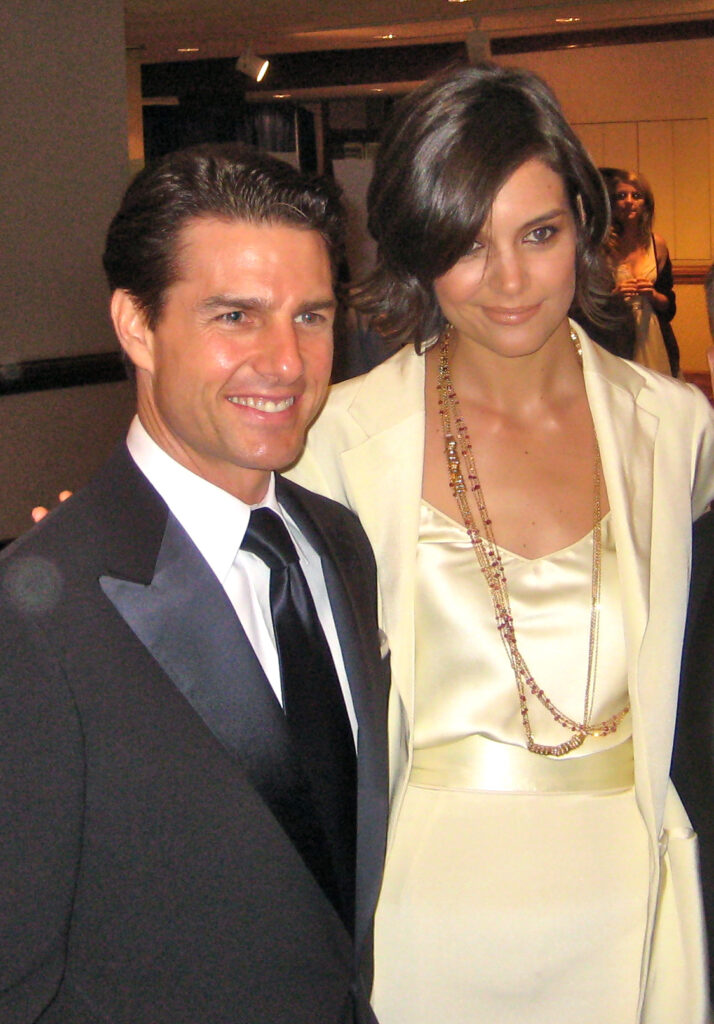
2. **The Tom Cruise Marriage & Its Immediate Aftermath**: For many, Katie Holmes’ marriage to Tom Cruise is widely regarded as the singular event that dramatically altered her professional trajectory. Their debut as a couple in April 2005 quickly escalated into a whirlwind romance, culminating in an engagement just weeks later, the birth of their daughter Suri in April 2006, and a lavish Italian wedding in November of the same year. This high-profile union propelled Holmes into an unprecedented global spotlight, transforming her from a rising actress into one half of the super-couple dubbed “TomKat.”
This intense media scrutiny, however, often overshadowed her individual accomplishments, reducing her to a celebrity accessory rather than an artist in her own right. The constant glare blurred the lines between her professional and personal lives, with Cruise’s association with Scientology adding another layer of complexity to public perception. It was during this period that her “rising star seemed to fall,” as she took a significant break from acting during her pregnancy and the first year of Suri’s life, a decision that would inevitably shift her industry momentum.
While the marriage undoubtedly elevated her public profile to astronomical levels, it simultaneously created a complex environment where her professional choices were often viewed through the lens of her relationship. This era became a defining moment, not just for her personal life, but for the public’s understanding of her career, setting the stage for subsequent decisions driven by a desire to reclaim her narrative.
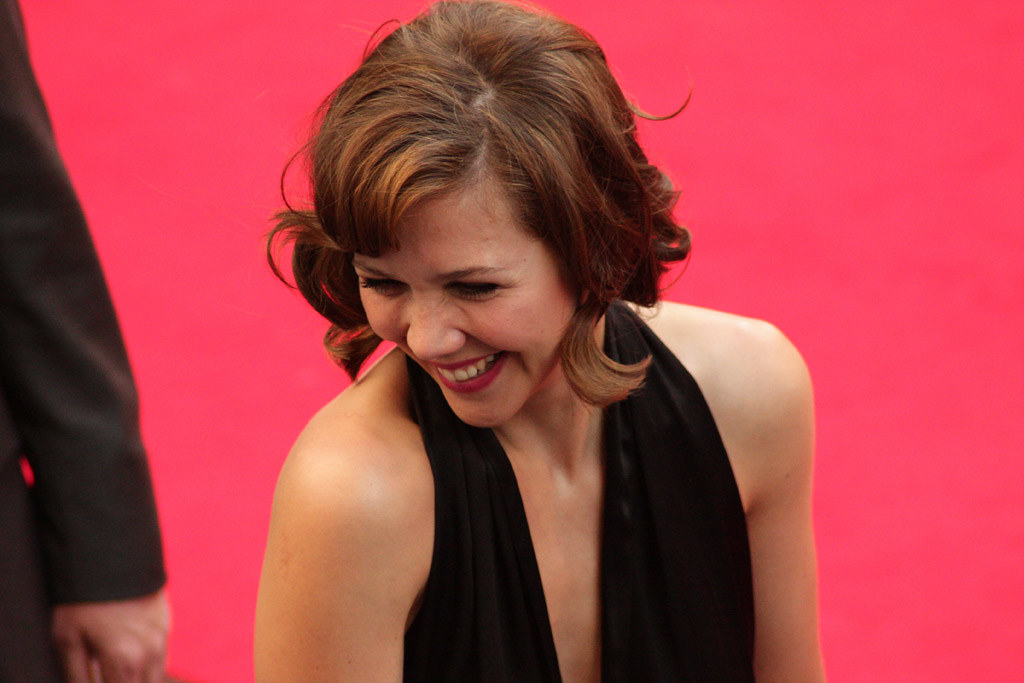
3. **Stepping Away from the Batman Franchise**: One of the most talked-about decisions in Katie Holmes’ early career came in 2007 when she announced her unexpected exit from Christopher Nolan’s “Batman” franchise. Her portrayal of Rachel Dawes in “Batman Begins” was a prestigious role, placing her squarely within a critically acclaimed and commercially successful cinematic universe. Her departure ahead of “The Dark Knight,” one of the most anticipated sequels of its time, naturally fueled immense speculation and confusion.
Hermes initially cited “scheduling conflicts” as the reason, a common industry explanation that often masks deeper complexities. However, widespread rumors suggested Tom Cruise’s influence played a major role in her surprising decision. Nolan himself expressed his disappointment, stating, “Katie wasn’t available for the role, which I wasn’t very happy about, but these things happen, and I was very, very fortunate that Maggie [Gyllenhaal] was able to take it over.” This indicated that Nolan had indeed wanted her back, underscoring the significance of her choice.
Years later, Holmes reflected on her decision during a 2016 interview, stating, “I really enjoyed working on the first one and I wish I could have worked with Chris Nolan again and I hope to work with him again. It was a decision that I made at that time and it was right for me at that moment, so I don’t have any regrets.” This statement portrays her departure not as a misstep or a forced choice, but as a deliberate personal and professional decision, even if its full rationale remains largely private. It marked a pivotal point where her personal circumstances began to visibly influence her public career trajectory.
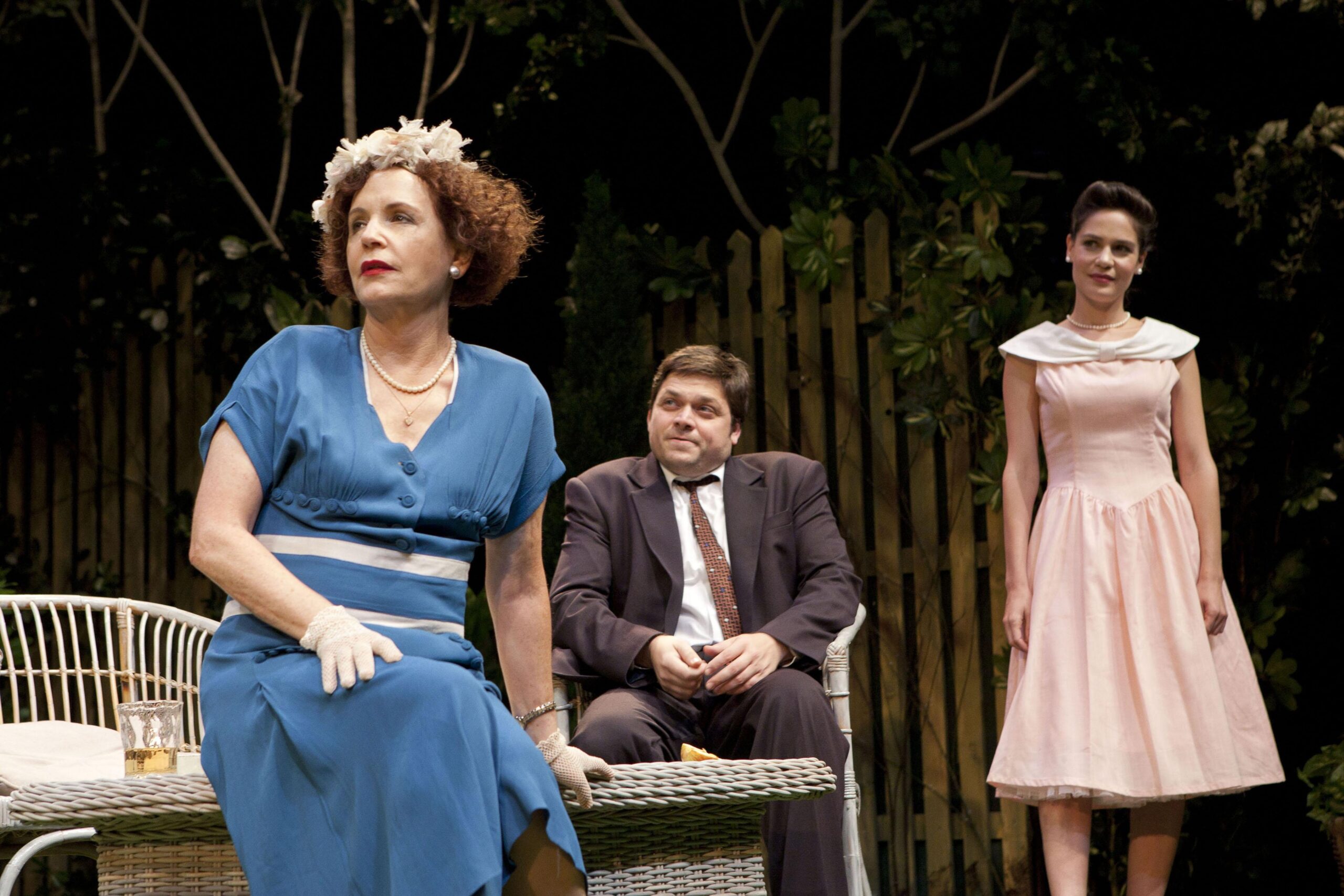
4. **A New Stage: Holmes’ Broadway Debut**: After wrapping up the lukewarmly received 2008 film “Mad Money,” Katie Holmes made a significant pivot, temporarily stepping away from the silver screen to embrace the allure of the stage. This wasn’t an entirely new world for her; she had been a “theater kid in high school,” indicating a long-standing passion for live performance. Her professional theatrical debut arrived in the form of Arthur Miller’s period drama, “All My Sons,” where she took on the role of Annie Deever.
Her portrayal garnered “mostly positive reviews,” swiftly establishing her reputation as a “multi-faceted actor” capable of delivering compelling performances across different mediums. This venture was clearly driven by artistic desire rather than purely commercial ambition. Holmes conveyed her genuine enthusiasm to NPR, stating, “I always wanted to do a Broadway play — since I was a little girl… I’ve been looking for something for years… and I’m so happy and I feel so lucky because this play and this cast and this character — it’s so exciting to me.”
Beyond personal fulfillment, Holmes emphasized the invaluable nature of the stage experience for honing her craft. She spoke of gaining “unique lessons and fresh insights that helped her develop as an actor in new ways.” This deliberate move to Broadway demonstrated a conscious effort to challenge herself creatively and deepen her artistic repertoire, showcasing a commitment to acting that transcended the typical Hollywood pursuit of fame and blockbuster roles.

5. **The Post-Divorce Relocation to New York City**: Katie Holmes’ controversial relationship with Tom Cruise abruptly concluded in June 2012 when she filed for divorce. To this day, the specific reasons for their shocking split remain undisclosed by either party, fueling public speculation. In the aftermath of this highly publicized separation, Holmes’ immediate and paramount focus shifted to raising her daughter, Suri, notably, “alone,” and charting a new course for her acting career.
Crucially, Holmes made the decisive move to relocate to New York City with then-six-year-old Suri. This geographic shift was more than just a change of address; it was a strategic decision that offered both personal stability for her daughter and professional opportunities for herself. The move “allowed her to return to Broadway to work while giving her daughter a stable routine,” indicating a conscious effort to integrate her career with her responsibilities as a mother.
Hermes had long harbored a desire to live in New York City, a dream since her first visit as a teenager. Despite the “intense” period following her divorce, she found unexpected “community and contentment” in the city. As she shared with InStyle, “So many people I didn’t know became my friends and helped us out, and that’s what I love about the city.” This move symbolized a significant reclaiming of autonomy and control over her life, creating a new foundation away from the relentless glare of Hollywood’s specific brand of scrutiny.

6. **Navigating Romance in the Public Eye: The Jamie Foxx Years**: Following the global spectacle that was her marriage and divorce from Tom Cruise, Katie Holmes made a distinct and deliberate choice to keep her subsequent romantic life out of the public spotlight. This strategic shift was particularly evident in her six-year relationship with Jamie Foxx, which remained remarkably low-key, a stark contrast to her previous high-profile romance.
The pair were first linked in October 2013 after being spotted dancing together at a club, although Foxx initially denied the rumors to Entertainment Tonight, stating they were “100% not true.” Despite initial denials, their romantic involvement became increasingly evident as they were seen holding hands in 2015 and spotted multiple times throughout 2017, confirming what many had long suspected. Yet, neither Holmes nor Foxx ever publicly confirmed their relationship, maintaining a shroud of privacy.
Their most public appearance came in 2019 at the Met Gala, where they posed for their first joint photo, even subtly coordinating outfits. However, just weeks after this seemingly more serious public display, it was confirmed that the pair had split. This period underscores Holmes’ unwavering commitment to protecting her personal life, particularly her romantic relationships, from the intense media scrutiny she had previously experienced. It demonstrated a clear boundary-setting strategy, allowing her to control the narrative of her private world to an unprecedented degree.
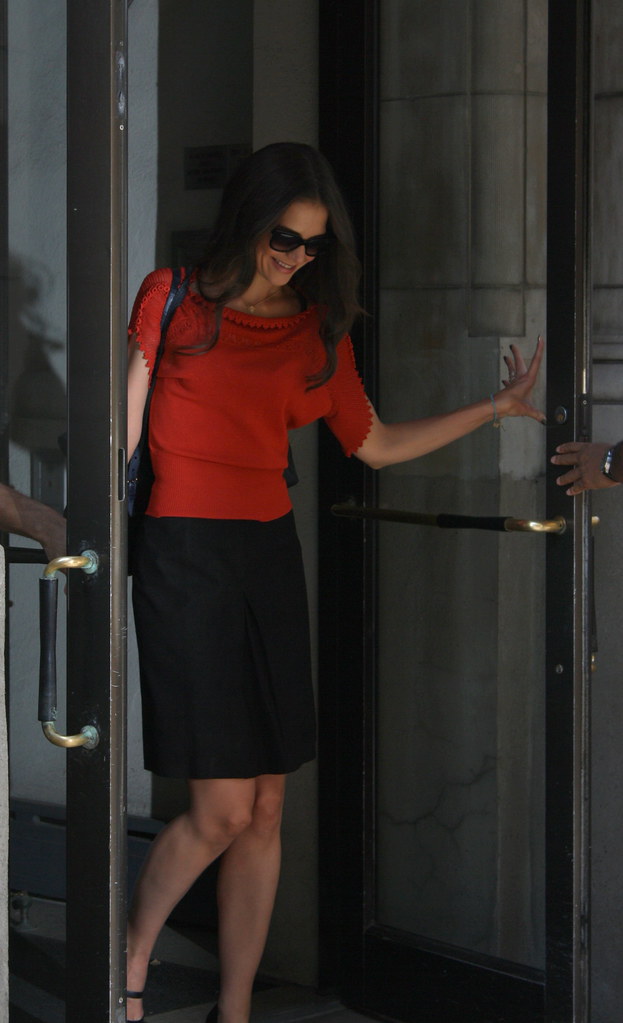
7. **Returning to the Screen with Purpose: Post-Divorce Film Choices**: Following her strategic relocation to New York City and a renewed sense of autonomy, Katie Holmes re-engaged with Hollywood, albeit with a visibly different approach to project selection. Her return to the screen in 2014 saw her participate in “Days and Nights,” an ensemble film, but more notably, she took on a role in the highly-anticipated adaptation of “The Giver,” a film that boasted an impressive cast including Meryl Streep and Jeff Bridges. This wasn’t merely about taking any role; it was about choosing characters that offered a unique creative challenge, a departure from the blockbuster demands of her earlier career.
Her portrayal of the emotion-void Mother in “The Giver” was particularly revealing of her artistic inclinations. Holmes herself articulated the difficulty and reward of the role to Refinery29, stating, “It was really challenging to play this character because, you know, she is a part of this society, and she’s responsible for keeping the rules. And yet, her son is the one who’s breaking all of that and experiencing something she doesn’t know and can’t advise him; can’t really control.” This deliberate choice to inhabit a character requiring nuanced restraint, rather than overt emotionality, underscores her commitment to stretching her craft.
This period marked a clear shift: Holmes wasn’t chasing box office numbers or a return to ‘superstar’ status. Instead, she was seeking roles that offered depth and a chance to truly act. The experience of deliberately limiting her emotional expression on screen, as she noted, was a conscious exercise in her development. It demonstrated a discerning eye for material, prioritizing the artistic merit and the opportunity for personal growth over the sheer visibility of a project.
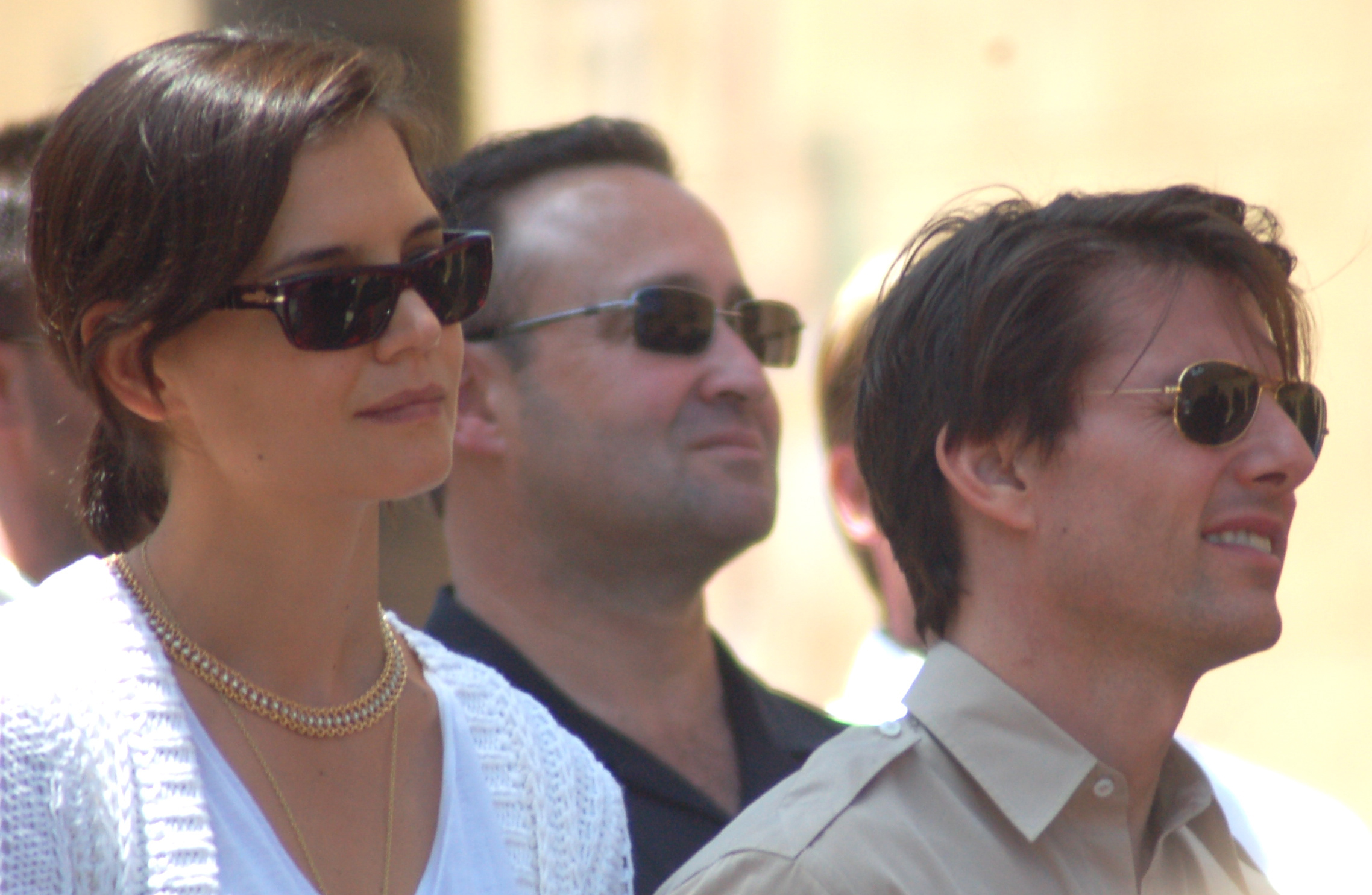
8. **Confronting the Narrative: Motherhood, Anxiety, and Self-Belief**: By 2014, the public narrative around Katie Holmes’ career had largely crystallized into a story of ‘derailment,’ often attributed to her marriage and divorce from Tom Cruise. Yet, Holmes herself began to openly challenge this simplistic framing, offering a more nuanced and deeply personal account of her choices. In a candid interview with Dujour that year, she directly addressed the criticism, revealing that motherhood was the paramount factor influencing her professional life.
She openly acknowledged that returning to work just weeks after childbirth, a path many women take, was not feasible for her. “I totally admire women who go back to work six weeks after giving birth, but when Suri was little, I was not ready,” she confessed. This statement was not an excuse, but a heartfelt explanation of the profound anxiety she experienced as a new mother, an emotional reality that many can relate to, and one that she could only overcome as her daughter grew older. This willingness to share her vulnerability provided a crucial insight into her decision-making process.
Furthermore, Holmes revealed a long-standing struggle with imposter syndrome early in her career. She spoke of constantly feeling the pressure to ‘get the job’ and, even after securing it, fearing she would be ‘fired’ or not ‘good enough.’ This internal struggle, a stark contrast to her confident public persona, adds another layer to understanding her path. She explained that time, experience, and life itself have gradually built her confidence, allowing her to approach storytelling with greater assurance and comfort both on set and within herself. This period marked her conscious effort to redefine success on her own terms, valuing personal well-being and genuine artistic engagement over external validation.
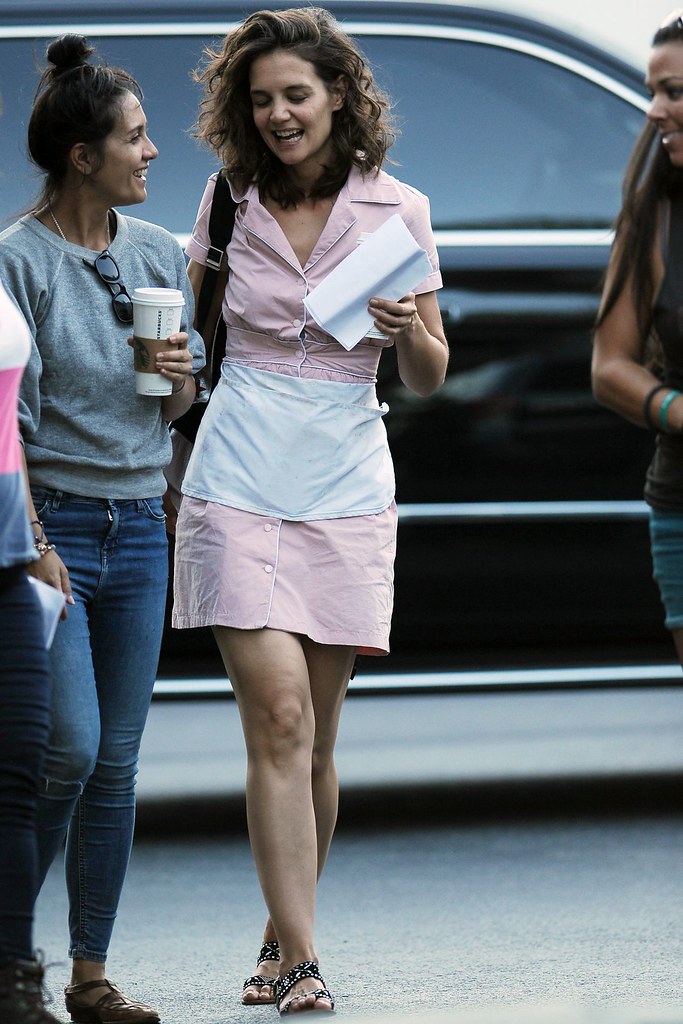
9. **The Unintentional Fashion Icon: From Street Style to Cultural Moment**: Beyond her evolving film career, Katie Holmes inadvertently carved out a new niche for herself as a bonafide fashion icon, particularly celebrated for her distinctive street style. While she had always been known for her chic ensembles at star-studded events, it was a seemingly innocuous New York City moment in the summer of 2019 that catapulted her into the sartorial stratosphere. Photographed hailing a cab, she was captured wearing a matching cashmere cardigan and bra set by Khaite, an effortlessly sexy yet approachable look that immediately went viral.
This specific instance ignited an unprecedented level of public and industry fascination with her everyday attire. The moment crystallized her status, transforming her into a barometer for accessible high fashion. Suddenly, fashionistas eagerly awaited her next sighting, analyzing her choices and drawing inspiration from her blend of sophistication and casual ease. It was an organic, rather than manufactured, rise to influence, underscoring the power of authentic personal style in the age of social media.
Holmes, however, maintains a grounded perspective on this unexpected fame. She conveyed to Who What Wear in 2022 that her sartorial choices are not driven by an intention to influence trends, but by a genuine love for fashion as a form of self-expression. “I think what we wear is an opportunity to create [a narrative],” she shared. “You’re creating your look for the day, you’re creating how you feel, and you’re revealing that [to the world].” This insight reveals her thoughtful approach to dressing, not as a performance for the cameras, but as an intimate reflection of her inner world, making her a relatable and enduring figure in the fashion landscape.

10. **An Evolving Artistry: Personal Hobbies, Future Aspirations, and Unwritten Chapters**: Katie Holmes’ professional reinvention is deeply intertwined with a rich personal life, fueled by creative hobbies that nurture her spirit and consistently spark new ideas. In a spring 2023 interview with The Wall Street Journal, she shared glimpses into her morning routine, which includes journaling several pages to clear her mind, a practice that sets a reflective tone for her day. She also intentionally dedicates time at the start of each week to creative pursuits such as dance or painting, a hobby she has maintained for decades, finding immense solace in the tactile process of using her hands.
Her passion for reading is equally profound, with frequent visits to bookstores often serving as a wellspring of inspiration for her film work. “I love beautiful writing, so if I see a sentence, I’ll write it down,” Holmes noted. “Maybe I’ll think of that sentence out of context of the book and maybe apply it to a character or the feeling of the way I want something shot. It becomes a source of inspiration.” This interconnectedness between her personal creative endeavors and her professional output highlights a holistic approach to artistry, where life enriches work and vice-versa.
Looking ahead, Holmes’ future appears just as intentionally crafted. While nurturing her daughter Suri through her final year of high school in 2024 (with Suri reportedly eyeing a New York fashion institute, and her college tuition covered by her estranged father, Tom Cruise), Holmes is actively seeking new roles, ready to immerse herself full-time back into the industry. Intriguingly, reports from early 2024 also hint at the impending expiration of a non-disclosure agreement she signed, raising speculation about the possibility of her penning a tell-all book, an unwritten chapter that could offer unparalleled insight into her famously private life. Whether she chooses that path or continues her quiet, impactful work, Katie Holmes remains a captivating figure, forever evolving, always on her own terms.
What truly defines Katie Holmes’ journey isn’t a retreat from Hollywood, but a remarkable redefinition of what a successful career in a notoriously unforgiving industry can look like. Her trajectory stands as a powerful testament to the value of personal agency, a conscious decision to prioritize well-being, artistic integrity, and motherhood above the conventional metrics of celebrity. She has not disappeared; she has simply chosen to craft her own spotlight, shining it on projects and passions that genuinely resonate with her. In a world obsessed with ‘making it,’ Holmes is a compelling example of ‘making it work,’ on her own, beautifully understated terms. Her story is a quiet rebellion, a masterclass in resilience, and an inspiration for anyone seeking to carve out a meaningful life, regardless of external expectations.


